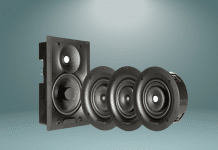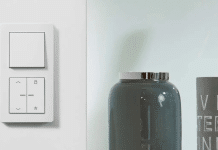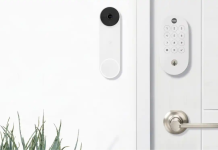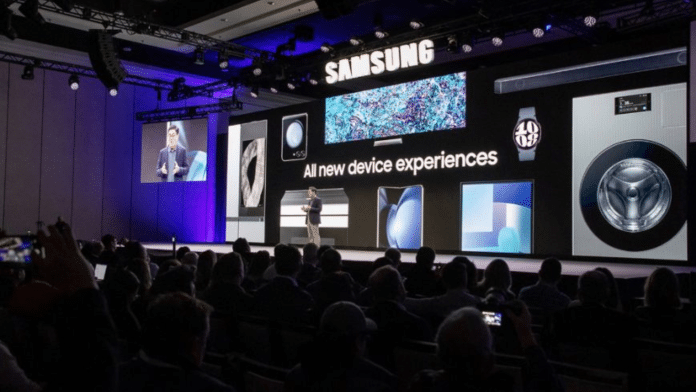
Samsung Electronics shared its vision for how Artificial Intelligence (AI) technology will enable people to experience their devices more intuitively and conveniently than ever before. Presenting these ideas at the press conference at CES® 2024, Samsung teamed up with key partners to outline the technology behind this vision and how new products and services use AI capabilities to make life easier.
Jong-Hee (JH) Han, Vice Chairman, CEO and Head of Samsung’s Device eXperience (DX) Division, opened the press conference by describing how AI will enable connected technologies to improve people’s daily lives while always remaining nonintrusive and “in the background.” The strategy that he and others outlined focused on the role of AI in enhancing connected experiences that are both simple and useful. Throughout the press conference, Samsung presented several products and services that help achieve these aims. “With the emergence of artificial intelligence, smarter, better experiences will redefine how we live,” Han said. “Samsung’s broad portfolio of powerful devices, along with the pursuit of open collaboration, will help bring AI and hyper-connectivity to all.”
During the CES press conference, Jonathan Gabrio, Head of Connected Experience Center at Samsung Electronics America, outlined the ways in which AI technology is transforming how Visual Display products and Digital Appliances are used. For example, Samsung Neo QLED 8K QN900D boasts a built-in AI Processor, NQ8 AI Gen 3, equipped with an 8 times greater AI neural network and a two times faster NPU than its predecessor. Thanks to the NQ8 AI Gen3 processor, Samsung Neo QLED 8K automatically upscales low-resolution content to provide users with up to 8K quality viewing experience and sharpens fast-moving images via AI Motion Enhancer Pro. The Samsung Neo QLED 8K also features Active Voice Amplifier Pro, which analyzes voice and background noise by AI to optimize your TV listening experience so you can enjoy various content as if you are in the front row of a stadium or movie theater. Samsung Neo QLED 8K also features Tizen OS Home, which offers the latest apps, services, personalized content, and service recommendations to upscale your entertainment experience.
As for viewers with different needs, Samsung also provides innovative accessibility features. A sign language feature in Samsung Neo QLED can be easily controlled with gestures for the hearing impaired, and an Audio Subtitle feature turns text subtitles into spoken words in real-time for those with low vision.
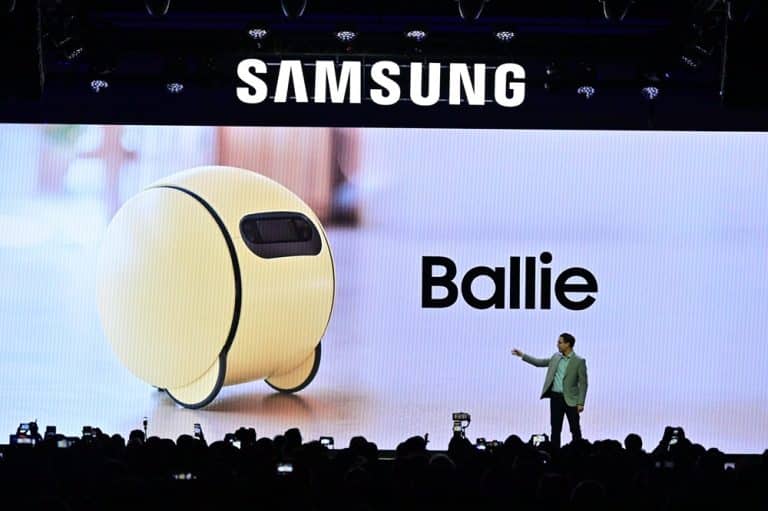
Furthermore, Samsung is introducing the new The Premiere 8K, a projector that features not only a 150-inch display, but also the world’s first wireless 8K transmission for a projector. With The Premiere 8K, users will be able to enjoy a full-scale viewing experience like that of the cinema in the comfort of their own homes.
As for sound, Samsung also introduced Music Frame, a speaker with a customizable cover that integrates seamlessly into users’ homes. Via Q-Symphony, the Music Frame syncs with Samsung TVs and soundbars, bringing enriched bass and surround sound of dual built-in woofers to the home with minimal effort.
Samsung has also made major upgrades to Ballie, the rolling AI robot first introduced at CES 2020. Ballie has now evolved into your AI companion capable of interacting with other smart devices to provide customized services such as taking care of bothersome tasks or projecting images and videos on walls so that users can view key information for their daily lives such as weather or other relevant content wherever they are.
To enhance kitchen and food experiences, Samsung is unveiling the Bespoke 4-Door Flex™ Refrigerator with AI Family Hub™+1 2. This refrigerator boasts a 32-inch screen that features the new AI Vision Inside3, which uses an internal camera to recognize up to 33 different food items that are put into and taken out of the refrigerator and suggests recipes using those ingredients. Users can also set “use by dates” on the Bespoke 4-Door Flex™ Refrigerator with AI Family Hub™ screen for food items, which then allows the refrigerator to send a notification when the set date draws near. By conveniently helping to save money by reducing food waste, these AI features enable more environmentally conscious lifestyles. The Anyplace Induction range takes AI connectivity a step further, as recipes saved on Samsung Food can be shared to the cooktop’s 7-inch display so that users can easily follow along while cooking.
Samsung’s AI technology extends to appliances beyond the kitchen, as well. The new Bespoke AI Laundry Combo™ — an All-in-One washer and dryer — features the AI Hub4, which is a 7-inch LCD display that acts as an intuitive control center for managing laundry, allowing users to enjoy a simple washing and drying experience. It personalizes washing and drying by remembering users’ habits and using machine learning to suggest cycles. Meanwhile, Samsung’s upcoming vacuum and mop robot cleaner, the Bespoke Jet Bot Combo™5, utilizes AI technology to provide a more convenient, effective cleaning experience. With AI Object Recognition upgraded from the previous robot cleaner lineup, it will be able to distinguish more objects, as well as detect stains and spaces6. The Bespoke Jet Bot Combo™ also recognizes the type of floor it encounters — along with carpet length — and adjusts its settings accordingly.
Samsung’s Vision for SmartThings:
Jaeyeon Jung, Executive Vice President and Head of SmartThings, highlighted the exciting new ways in which AI technology is impacting the relationship between users and their devices, including Samsung’s vision for SmartThings: The more Samsung devices a customer uses, the smarter those devices become and the better they can understand and support daily life.
Spatial AI is the key to enabling this vision, by helping devices understand the living space and routines of the user, thus enabling more a personalized home management experience. SmartThings uses LiDAR9 on connected devices like robot vacuums to create digital floor plans so users can easily check the status and location of all their devices. And in March, SmartThings will roll out the upgraded 3D Map View for a more detailed experience on Samsung smartphones and TVs. Furthermore, a simple QR code will allow users to add family and friends to their SmartThings ecosystem, so that every member of the household can create their own routines.
Using smart sensors and AI, SmartThings will be able to detect unusual circumstances, such as a fall, and send alerts to designated family and caregivers10. Also, thanks to the Galaxy SmartTag2, users can track their pets’ activities and digitally store identifying information by attaching the tag to a collar or harness11.
Another point EVP Jung discussed was how the Bixby voice assistant is allowing smart homes to become more dynamic with its enhanced AI capabilities. Bixby can now automatically route commands to the most appropriate devices based on an understanding of the user’s location and activities. Key technologies like Multi Device Wakeup combined with a shared communication protocol, enable Bixby to listen to commands with all the devices in a room but then only perform the requested action on the most relevant device. So if a user is in the kitchen watching a recipe video on their Family Hub™, and they can call out, “Hey, Bixby! Play music!” At that point, music will play from the user’s smart speaker, but the recipe video will continue to play on the Family Hub™, uninterrupted.
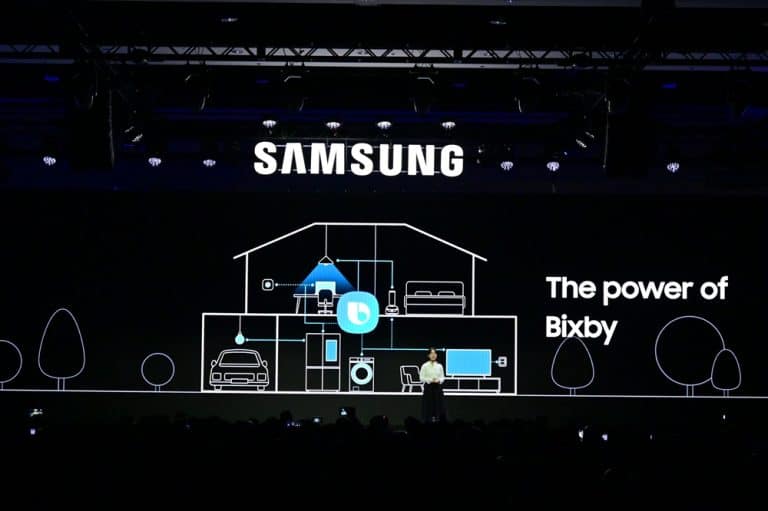
The TV, with the Samsung Daily+ service, will increasingly become a central hub for much of this smart home functionality, while also granting access to a variety of additional services. These include video calls through ConnecTime, video veterinary consultation services12, and Workout Tracker — through which workout data can be transferred to Samsung’s smart watches. Samsung also announced the new Samsung Now+ service, which displays useful information about users’ homes, such as the weather or a live security camera feed from a home security system without the TV even being turned on. As is the case with SmartThings features, users can also access this information via voice command.
Samsung Focuses on Security and Privacy Across Devices
In this future of AI-enabled, deeply interconnected devices, Samsung recognizes that security and privacy are paramount. Shin Baik from the Mobile eXperience Security Team discussed the company’s security solutions as a foundation for the hyper-connected era.
One such solution is Samsung Knox Matrix, which now provides end-to-end encryption across many Samsung Galaxy smartphones and smart TVs. The technology will allow devices to monitor each other to identify and isolate security threats. Knox Vault, which helps keep user data safe on some of Samsung’s most popular devices, has been expanded to cover more devices connected by SmartThings, such as Samsung Neo QLED 8K TVs. Additionally, Samsung’s partnerships with major tech companies allow users to experience security and privacy in a way that is tailored to their specific needs.
Samsung is adding new features to increase device accessibility, such as digital appliances responding to hands-free gestures. Additionally, mobile devices provide auto-generated captions during calls, and TVs and displays offer a new, AI-enabled text-to-speech feature that converts subtitles into spoken audio. To further aid those with low vision, Relumino Together is a new viewing mode on Samsung TVs that enables users of all abilities to watch TV together, with or without visual adjustments. Now, everyone can enjoy home entertainment together at the same time.



